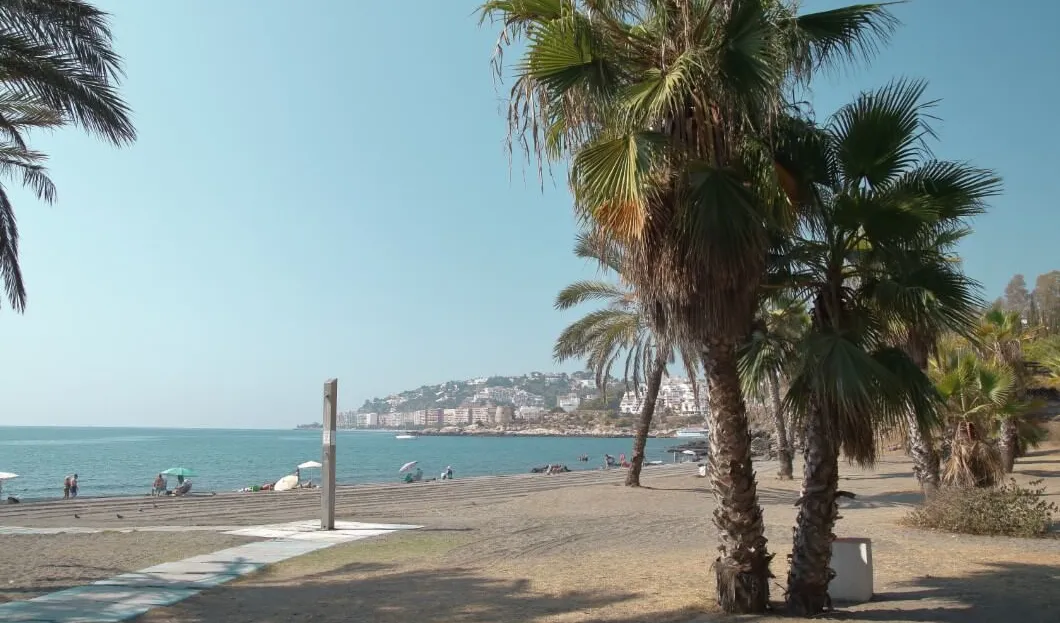
The domestic travel demand explains the recovery of tourism in the summer. The increase in the number of Spanish tourists traveling within the country due to the difficulties with traveling abroad explains this boom. A good part of the 9,000 million euros that the tourists used to spend abroad have now stayed within Spain.
In some parts of Spain, such as the coast of Asturias, Huelva or Lugo, hotels already bill up to 17% more than in 2019, a record year for tourism. "Some companies told us that it seemed that there was no tomorrow for Spanish demand," explains José Luis Zoreda, executive vice president of Exceltur. Existing travel restrictions around the world resulted in many Spanish vacationers who previously traveled outside the country to do so within Spain.
This 'boom' in domestic travel demand has been a breath of fresh air for the sector – after more than a year of suffering, without tourists or revenues, with thousands of companies closed and laid off employees. According to Exceltur calculations, spending by Spanish tourists during the summer was 3.4% higher than in the summer of 2019, before the pandemic.
In fact, the numbers of the summer improved thanks to "the unusual spike in domestic demand," explains Zoreda. Tourism sector ended the third quarter with 4,700 million euros more than expected. In July, Exceltur predicted that the tourism revenues were going to be about 37,932 million euros in the summer. The surprise, says Zoreda, is that it ended up being 42,632 million. An increase of 4,700 million euros which is due, in the words of Zoreda, "to an upturn exclusively related to the unusual spike in Spanish demand”.
In a normal year, Spanish travelers spend around 22,000 million euros on domestic travel in the summer, while another 9,000 million euros are spent abroad. In 2021, however, the difficulties to travel abroad have caused a big chunk of that demand to stay in the country, and about 60% of what they spent in other countries have remained within Spain, i.e. about 5,000 million euros more, according to data from the Bank of Spain.
The improvement in tourism activity leaves the sector just 15,740 million euros behind the pre-pandemic levels, when tourism GDP exceeded 58,000 million euros. "We have come out of the tunnel, but there are still hard months ahead," warns Zoreda.
The worst is over for the tourism sector, but it’s too early to celebrate. The sector is still hurt and many companies are on the verge. 289,000 tourism workers were affected and 169,000 of them lost their jobs compared to September 2019.
The recovery, in fact, is very different by region. While provinces such as Huelva, Lugo or Asturias improve, in Barcelona or Lanzarote the drop in activity is up to 66%.

"In this scenario, some companies are weathering the storm well and others are increasingly struggling to survive," says Zoreda. The upturn in domestic travel demand has not reached all of Spain in the same way, and the regions most dependent on foreign tourists have suffered. International demand is still 48.5% below pre-crisis levels, while Spanish demand has increased.
These difficulties are worsened by the increase in energy prices. "Costs continue to rise. There is no parallelism between the improvement in sales and results. These costs significantly exceed those previously expected by companies," adds Zoreda. As a result, although on paper there is recovery, this doesn’t materialize in the balance sheets.
Moreover, there is the danger that these business tensions, at a time when the cost of energy adds to the cost of the increase in the minimum wage, will lead to a wave of corporate mergers.
"We anticipate in the coming months a process of mergers and acquisitions and we fear that 2022 will start with a considerable number of companies that have not been able to withstand the impact," says Zoreda. This will affect airlines, travel agencies, as is the case of Logitravel and El Corte Ingles, but also the hotel sector.









